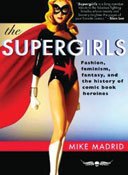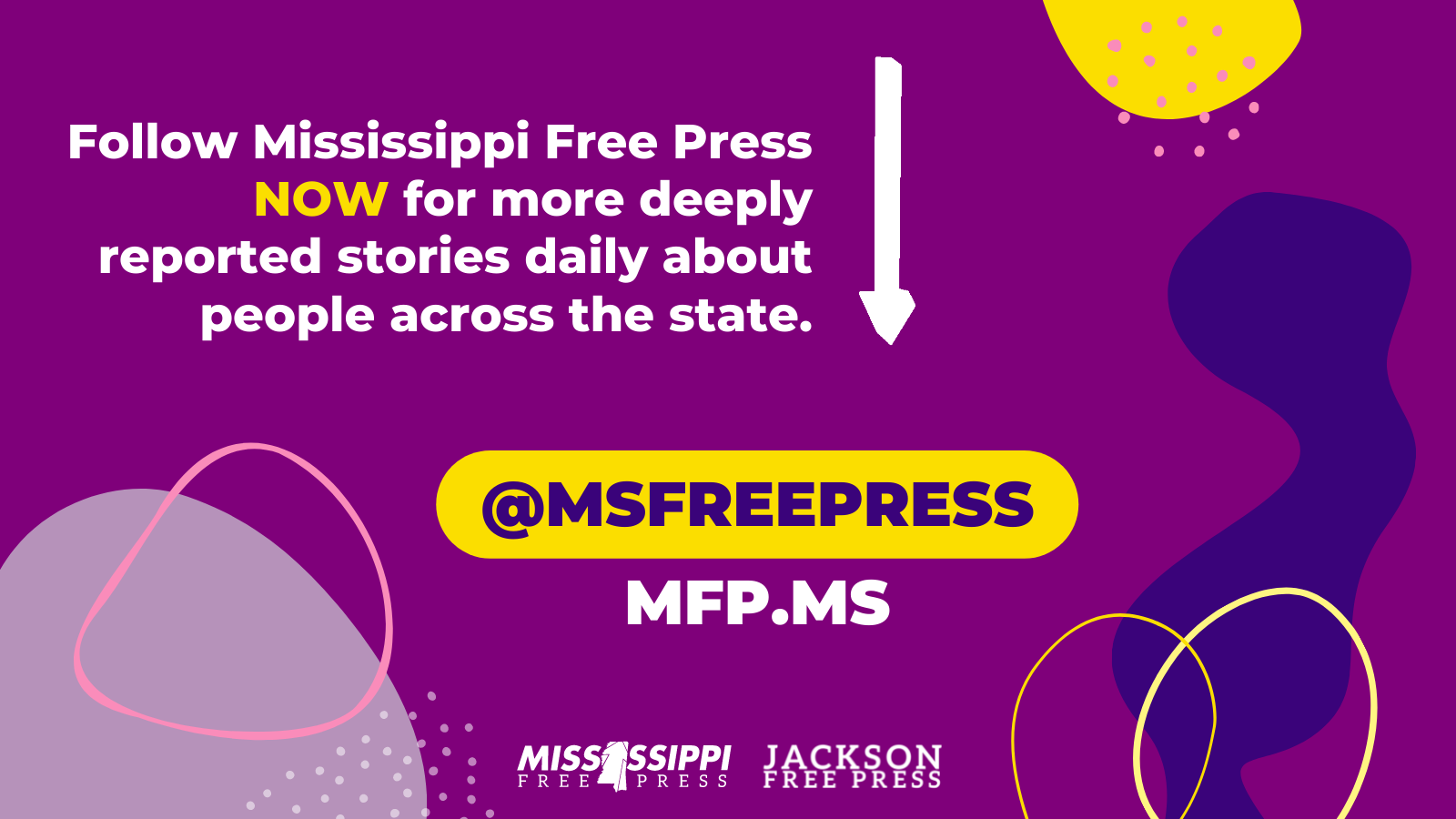If you've ever wondered about the history of the female superhero, then the upcoming "The Supergirls: Fashion, Feminism, Fantasy, and the History of Comic Book Heroines" (Exterminating Angel Press, September 2009, $16.95) may just be the book for you. Written by Mike Madrid, "The Supergirls" takes an in-depth look at the origins of lead female characters in the comic-book medium.
From the early use of women in comics as a titillating way to attract male readers through the modern age where you'll find them holding their own against guys who dress up like bats, spiders and the like, the book takes an unflinching look at the way superheroines have both reflected the time and mood of a nation, as well as occasionally giving life a chance to imitate art.
During the initial explosion in demand for comics during the late 1930s and early 1940s, the role of these scantily clad avengers shifted from that of socialites getting their kicks donning costumes and fighting crime to the noble patriot fighting the Axis alongside male compatriots like Captain America and Superman. Yet as World War II drew to a close, female characters found themselves with less to do, and the popularity of the superhero waned considerably as troops returned home in search of a normal life. As the women who had made such a difference in the war effort returned to their homes and their accepted role in society, so the superheroine found herself without an audience. New genres, of course, kept women in comics, but the new western, horror, and science fiction stories relegated any female protagonist to a decidedly weaker stance of generally waiting for a man to step in and save the day.
Throughout the 1950s and '60s, the female adventurer became little more than a pretty face. Wonder Woman and Sheena Queen of the Jungle began to attract readers once more, but they had sacrificed some of their independence for greater sex appeal and found themselves beholden to the men they loved. At the beginning of the '60s, Supergirl, cousin of Superman, made her debut as an analogue to the squeaky-clean pop singers of the day. Unfortunately, this sweet, girl-next-door image remained frozen through the decade despite the growing women's liberation movement. Perpetually subservient to her more famous kin, Supergirl became less and less a role model for girls just as the role of the American woman was redefined.
With the new attitudes regarding a woman's choices that heralded the dawn of the 1970s, comic publishers were able to re-invest stalwart characters as independent women with agendas of their own. Women with fantastic powers demanded respect from their male counterparts, and slowly earned it. No longer was the superheroine the refuge of bored debutantes looking for a thrill. Women from all walks of life donned masks and capes for a variety of reasons that were uniquely their own.
This trend continued during the explosion of interest in comics that the 1980s brought. The grittier tone set by the industry was reflected in the role of the female vigilante as well. Storylines tackled issues like drug addiction, rising crime and the AIDS epidemic. Proactive women took to the streets, darker in mindset, but no less feminine for it. Social conscience, an attitude, and a mask became the order of the day.
The last two decades have seen a proliferation of new publishers challenging the established order of Marvel and DC Comics dominance over the comic-book market. With this came a slew of new female characters. During the "Bad Girl" craze of the '90s, barely dressed, buxom women with all the bravado of a Schwarzenegger character and often an armory to match sought to further empower the female lead.
Over-saturation of tough girls quickly saw this trend devolve into something resembling self-parody as every pretty face seemed more interested in violence for its own sake as opposed to actually solving anything. Thankfully, this past decade has seen a revival of the independent, and fully formed, female lead. Characters have become more three-dimensional in their portrayals. No longer is the female character simply the sex object, the helpless damsel or the subservient sidekick.
Like other storytelling media, comics have become more sophisticated in both storyline and the portrayal of characters. They are a reflection of the attitudes of the given period in which they were created. We live in a time where anyone can be anything they wish, it's nice to see that the supergirls of today have that opportunity too. Exhaustive in its research, full of interesting lore and little-known details, "The Supergirls" is a high flying trip through comic-book history.
Previous Comments
- ID
- 151323
- Comment
Not to be a jerk about it, but most of the superhero comics published today still have art that starkly exhibits the female characters as sex objects. They aren't necessarily *written* as sex objects, but the art is unmistakable. Take a look at a recent issue of Ms. Marvel or the new Batwoman. Look at the costumes and the poses. Just take a look at this: http://prettyfakes.com/2008/08/a-feminist-response-to-the-latest-cover-of-final-crisis/
- Author
- mhglover
- Date
- 2009-08-27T15:22:27-06:00
- ID
- 151349
- Comment
Mhglover, consider the demographic that traditionally bought superhero comics in the 80s, mainly prepubescent boy geeks who probably spent more time sneaking porn and fantasizing about the *perfect* woman (36-24-36) than actually talking to a *real* girl, it makes sense that the industry's artists would play up to their fantasies to sell books. A lot of these geeks then grew up to become comics artists themselves, carrying over those provocative cheesecake images from youth to their adult career. Guys like Greg Land come to mind. Look on the bright side, at least female superheroines are written better than they were in the 40s, 50s and 60s...
- Author
- Jeff Lucas
- Date
- 2009-08-28T09:26:59-06:00
- ID
- 151360
- Comment
Sure, that's a big part of it. It seems that might even be touched on a little bit. It just doesn't seem like (based solely on this review, of course) the book spends much time on the vast weirdness that has always surrounded women in comics. It's not like it's hiding. Look at all the bondage in the old Wonder Woman stories ("Lasso of Truth"? Really?). And take a look at this response from Joan Hilty, an editor at DC, talking about the disturbing trend of superhero women and girlfriends being found dead and crammed into refrigerators: http://www.unheardtaunts.com/wir/c-jhilty.html I think that it's a big oversight to write a book about women in superhero comics and to avoid all this stuff. As a disclaimer, I want to make it clear that I'm not ripping on comics in general. I love comics. I don't love how comics handle women characters all the time, but I also hate manga, Doom Patrol, and most of what DC is doing these days, so if you wanna rip on me for something, there's plenty of other material there.
- Author
- mhglover
- Date
- 2009-08-28T11:40:23-06:00
- ID
- 151364
- Comment
[quote]Look at all the bondage in the old Wonder Woman stories ("Lasso of Truth"? Really?). And take a look at this response from Joan Hilty, an editor at DC, talking about the disturbing trend of superhero women and girlfriends being found dead and crammed into refrigerators: http://www.unheardtaunts.com/wir/c-jhilty.html [/quote]Hmmm. While I don't completely buy Ms Hilty's arguments I can understand her concern about misogynistic attitudes towards female characters. I still remember the dead girlfriend/refrigerator story from GL and being surprised by its graphic nature. And admittedly I was shocked to read the retroactive story about the rape of Sue Dibny in JLA. As an adult living in a violent world where females are raped, molested, abused, and murdered at alarming rates, I didn't see the harm in comics mirroring real life to a degree. But I also thought about how I could ever explain that stuff to my little boy who buys and loves superhero comics almost as much as I did at his age.
- Author
- Jeff Lucas
- Date
- 2009-08-28T13:46:19-06:00



Comments
Use the comment form below to begin a discussion about this content.
comments powered by Disqus